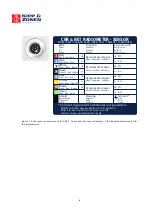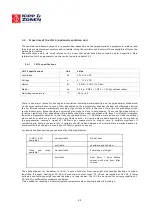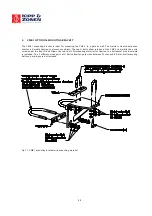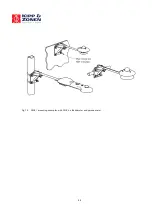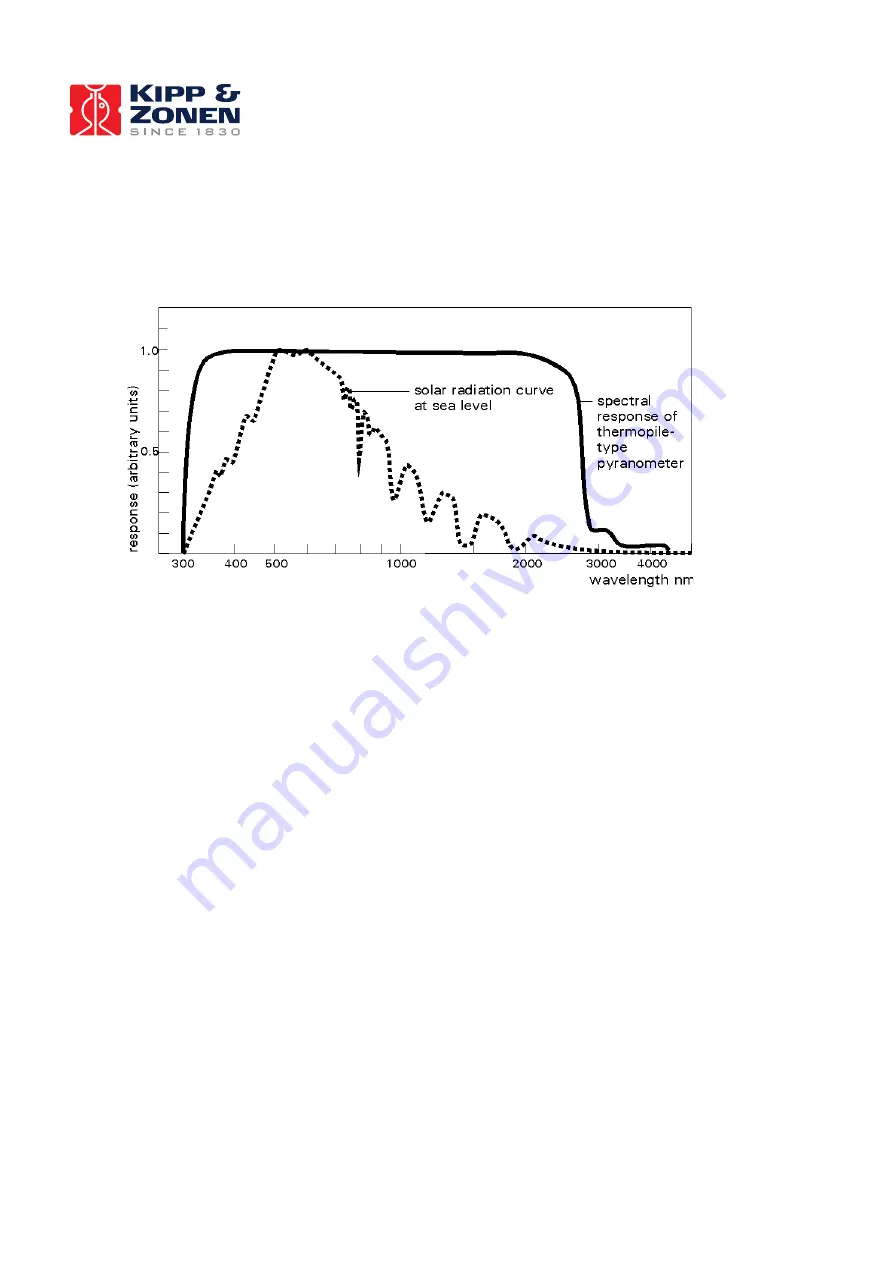
20
2.2.2
Spectral properties of the pyranometer
The spectral properties of the pyranometer are mainly determined by the properties of the absorber paint and the
glass dome. These are depicted in figure 2.3
Figure 2.3 The spectral sensitivity of the pyranometer in combination with the spectrum
of the sun, under a clear sky.
2.2.3
Directional / Cosine response of the pyranometer
The measurement of solar radiation falling on a surface (also called irradiance or radiative flux) requires three
assumptions: The surface is spectrally black, i.e. that it absorbs all radiation from all wavelengths. Its field of view is
180 degrees. The directional properties are similar to that of a blackbody. Another way of expressing these
directional properties is to say that the sensor has to comply with the cosine response.
A perfect cosine response will show maximum sensitivity (1) at an angle of incidence of 0E (perpendicular to the
sensor surface) and zero sensitivity at an angle of incidence of 90E (radiation passing over the sensor surface).
Between 90 and 0 degrees, the sensitivity should be proportional to the cosine of the angle of incidence. Figure 2.4
shows the behaviour of a typical pyranometer. The vertical axis shows the deviation from ideal behaviour,
expressed in percentage of the ideal value.

